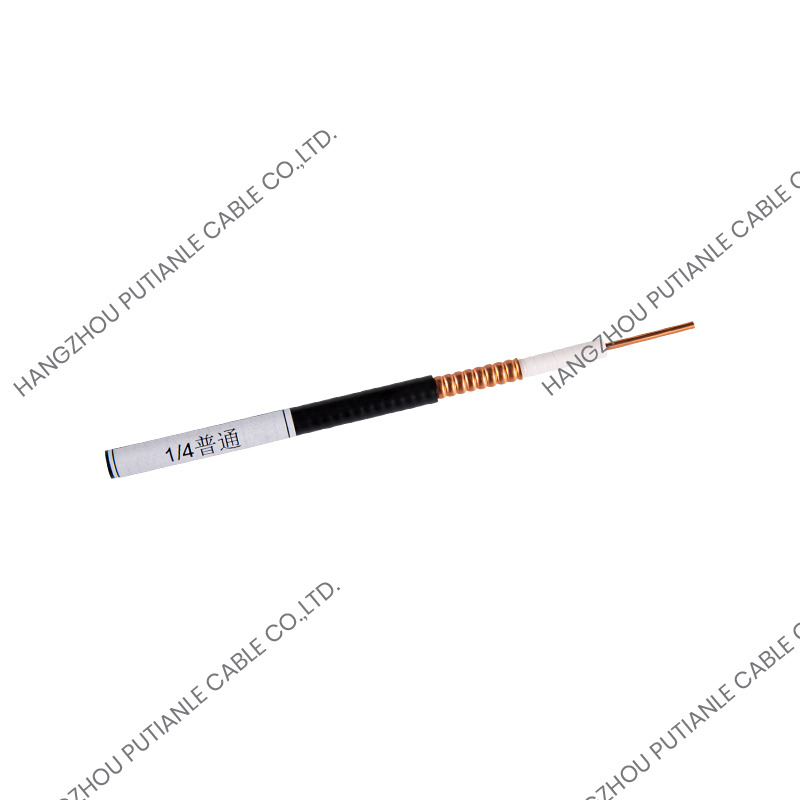In an era defined by high-speed data transfer and wireless connectivity, the demand for efficient signal transmission has never been greater. Lower loss cables have emerged as a critical solution for minimizing energy dissipation and maximizing performance in communication systems. But are lower loss cables truly the key to optimizing signal transmission in modern networks? Let’s explore their defining characteristics and applications to answer this question.
Minimizing Signal Loss for Enhanced Performance
One of the most significant advantages of lower loss cables is their ability to minimize signal attenuation, ensuring that data travels longer distances with minimal degradation. Traditional cables often suffer from energy losses due to factors like resistance, dielectric absorption, and electromagnetic interference (EMI). Lower loss cables address these issues through advanced materials and engineering techniques, delivering superior performance in demanding environments.
For example, in telecommunications, lower loss cables are essential for maintaining signal integrity over long distances. Whether used in fiber optic networks or coaxial systems, these cables reduce the need for signal boosters or repeaters, lowering infrastructure costs and improving overall efficiency. Similarly, in wireless communication systems, such as 5G networks, lower loss cables ensure that antennas and base stations operate at peak capacity, supporting faster data speeds and reduced latency.

The benefits of lower loss cables extend to industries like broadcasting and satellite communication. In these fields, even minor signal losses can compromise the quality of audio, video, or data transmission. By using cables with enhanced conductivity and improved shielding, broadcasters and satellite operators can achieve crystal-clear signals, even in remote or challenging locations.
Moreover, advancements in cable design—such as the use of low-density polyethylene (LDPE) insulation and silver-plated conductors—have further amplified the capabilities of lower loss cables. These innovations ensure consistent performance across a wide range of frequencies, making them ideal for high-frequency applications like radar systems and medical imaging equipment.
Supporting Compact and Energy-Efficient Designs
Another standout feature of lower loss cables is their ability to support compact and energy-efficient designs in modern devices and systems. As industries strive to create smaller, lighter, and more sustainable products, the demand for advanced materials like lower loss cables continues to grow.
For instance, in consumer electronics, lower loss cables enable thinner and more flexible connections between components, reducing the overall size and weight of devices. This is particularly valuable in smartphones, tablets, and laptops, where space is at a premium. By minimizing energy losses, these cables also contribute to extended battery life, enhancing the user experience.
In industrial settings, lower loss cables play a vital role in optimizing machinery and automation systems. Their ability to transmit signals with minimal distortion ensures precise control of robotic arms, conveyor belts, and other equipment, improving productivity and reducing downtime. Additionally, their durability and resistance to environmental factors—such as temperature fluctuations and moisture—make them suitable for harsh operating conditions.
The versatility of lower loss cables also extends to renewable energy systems. In solar power installations, for example, these cables connect photovoltaic panels to inverters and batteries, ensuring efficient energy transfer with minimal losses. This not only maximizes the output of solar arrays but also supports global efforts to transition toward cleaner energy sources.
Addressing Challenges and Future Innovations
Despite their many advantages, lower loss cables face certain challenges. For example, their higher cost compared to standard cables may deter some businesses or consumers. However, ongoing research is addressing this issue by developing cost-effective manufacturing processes and scalable solutions tailored to specific applications.
Looking ahead, innovations in nanotechnology and smart materials promise to revolutionize lower loss cables. Conductive polymers, graphene-based coatings, and adaptive shielding technologies could further enhance their performance, making them even more effective in demanding applications. Such advancements will undoubtedly solidify lower loss cables’ position as leaders in signal transmission technology.


 中文简体
中文简体 English
English Español
Español














